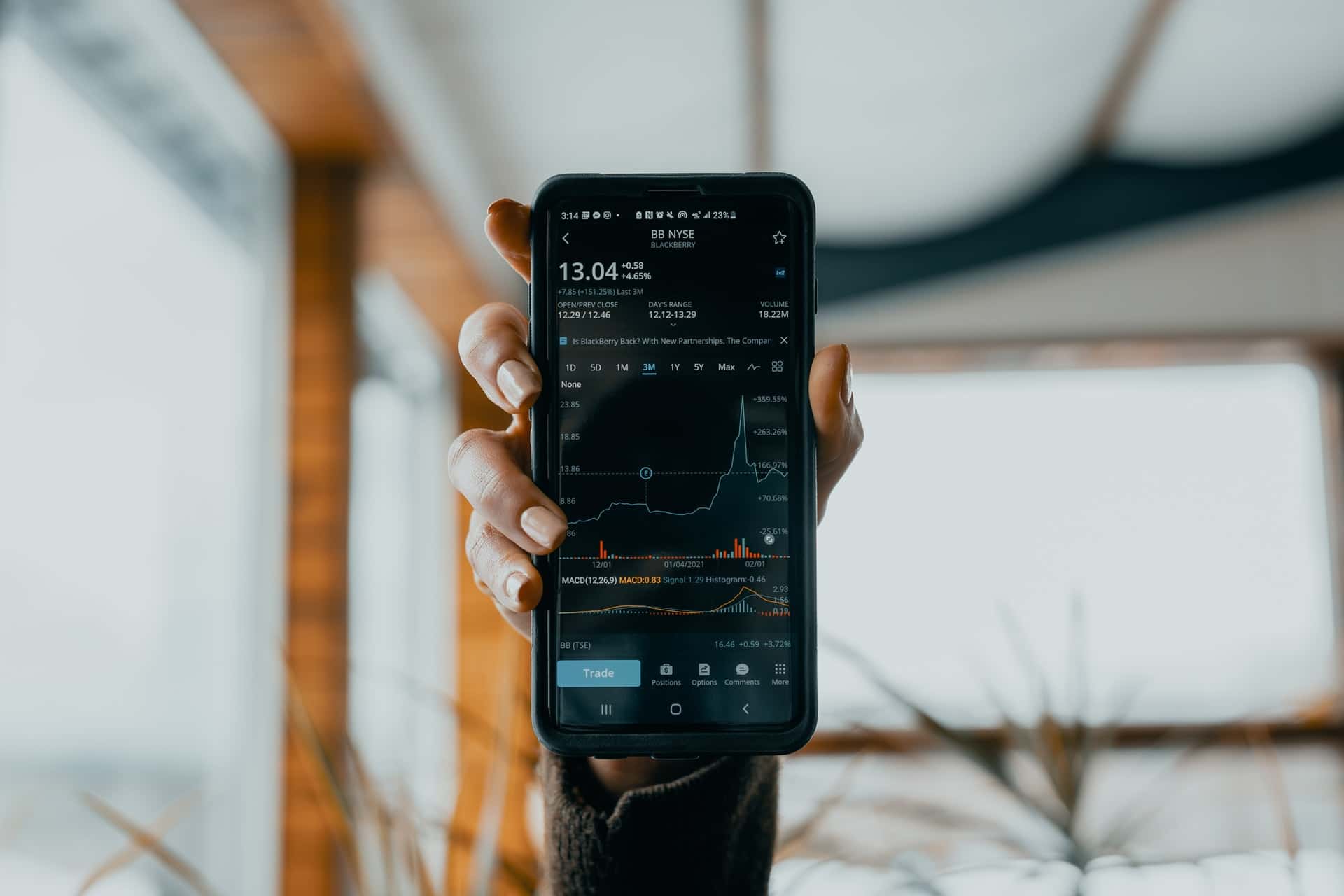What’s it all about?
An exchange-traded fund (ETF) is a fund made up of different assets like stocks and bonds. Investors can then buy shares in the ETF on the stock exchange.
Why should you care?
ETFs have become a popular investment option because they offer an easy way to diversify your investment and spread your risk.
ETFs are a great way to invest in sectors or industries you care about.
Remember, when investing, your capital is at risk.
What will you learn?
In this guide, you’ll learn about what ETFs are, how they work, and what to consider if you want to get in on the action.
What are ETFs?
An exchange-traded fund (ETF) is an investment fund that trades on stock exchanges, just like publicly traded shares do.
And just like other funds, ETFs are a collection of assets such as stocks and bonds. Often they track an underlying index such as the FTSE 100.
However, they can be a collection of assets in any industry sector, from a specific industry, or a mix of different types of assets.
Because ETFs are usually made up of a mixture of assets, they tend to be more diversified and spread the risk for you. However, some ETFs may be concentrated in sectors and thus leaving you at risk of being exposed to financial downturns. Read our guide to asset classes to learn more about different kinds of assets.
ETF shares can be traded throughout the day just like ordinary stock, unlike traditional funds which are typically not traded, or are only traded once a day after the market closes. This means their value goes up and down. The broker or robo-advisor you used to trade the shares will manage the trading. You do not have to do the leg work.
ETFs are a popular investment option. This is because they spread your risk across different types of investment and places (diversification). They make it easier to invest in many markets or industries because everything is in one basket, managed by your broker or Robo-advisor. This all means you can take advantage of the lower cost, tax efficiency, and their stock-like features.
When investing, your capital is at risk.
How do ETFs work?
Since ETFs are funds, they are divided into shares that are traded in stock exchanges. ETFs are divided up into shares that you can buy on exchanges. When you own ETFs, you are a shareholder of the fund. You indirectly own the assets of the fund, which entitles you to a share of the profits, such as interest or dividends.
As with anything sold in a marketplace, the price of ETFs is determined by supply and demand. If there is strong investor demand for an ETF, its share price will rise. And just like stocks, investors can also sell ETFs short or purchase options. Both of which are kinds of bets you make that the price of the ETF will go in one direction or another.
What to consider when choosing to invest in ETFs
ETFs are great for accessing stocks across different industries to diversify your portfolio at a low cost.
ETFs are a very transparent investment, because most or all of the stocks are in an index and the holdings are disclosed daily. This means you can see what assets you are investing in when you buy ETFs.
There are various types of ETF available to investors which can be used for all sorts of investment strategies, for example, to receive a regular income, speculate in long-term growth, or reduce risk of losing money by using ETFs to offset risk in the rest of your portfolio.
You can get ETFs to track almost any financial market. Some examples of the types of ETFs include:
Each type of ETF has a different mix of underlying assets which come with varying degrees of risk and reward. Even different index-stock ETFs may have a different mix of shares from the companies in the index which they track.
Just as with other types of funds, ETFs provide lower average costs compared to buying all the stocks in the ETF portfolio individually. You’ll also have fewer broker fees since you will only need to make one transaction to buy an ETF and one to sell.
There are even inverse ETFs which rise in value when the index they follow falls. This is where the fund managers attempt to earn gains from stock declines by ‘shorting’ stocks. Shorting is selling a stock expecting it to go down in value. If it does, when you settle the trade you will earn the difference; if it doesn’t, when you settle the trade you will have to pay the difference, resulting in a loss.
Things to watch out for
Capital at risk, investment value can go up as well as down.
As we’ve just touched on, as with traditional funds, ETFs can be actively or passively managed.
Passive ETFs will have lower fees compared to actively managed ETFs. But passive ETFs may not be as adaptable or may lack diversification if they’re heavily concentrated in one industry, group of stocks, or assets that are correlated with each other (e.g. green energy)
As we have been discussing, you can use ETFs as part of a diverse and balanced portfolio. And it isn’t even much of a hurdle to do so. The simplest form of diversification is buying an ETF tracking stocks and the other tracking bonds. You can learn more about how stocks and bonds work in the Asset Class Unpacked learning pack.
Ethical considerations
When it comes to ethical investment, you can look out for ETFs that have a mix of assets from companies or industries that meet your values, as well as your financial goals. There are ETFs which are constructed specially for socially responsible investing.
Where to find ETFs
ETFs trade through online brokers and traditional broker-dealers. Also, some traditional funds, pensions and stocks and shares ISAs may contain ETFs.
Key takeaways
That’s a wrap. Here are the key takeaways from this guide.
Capital at risk, investment value can go up as well as down.












